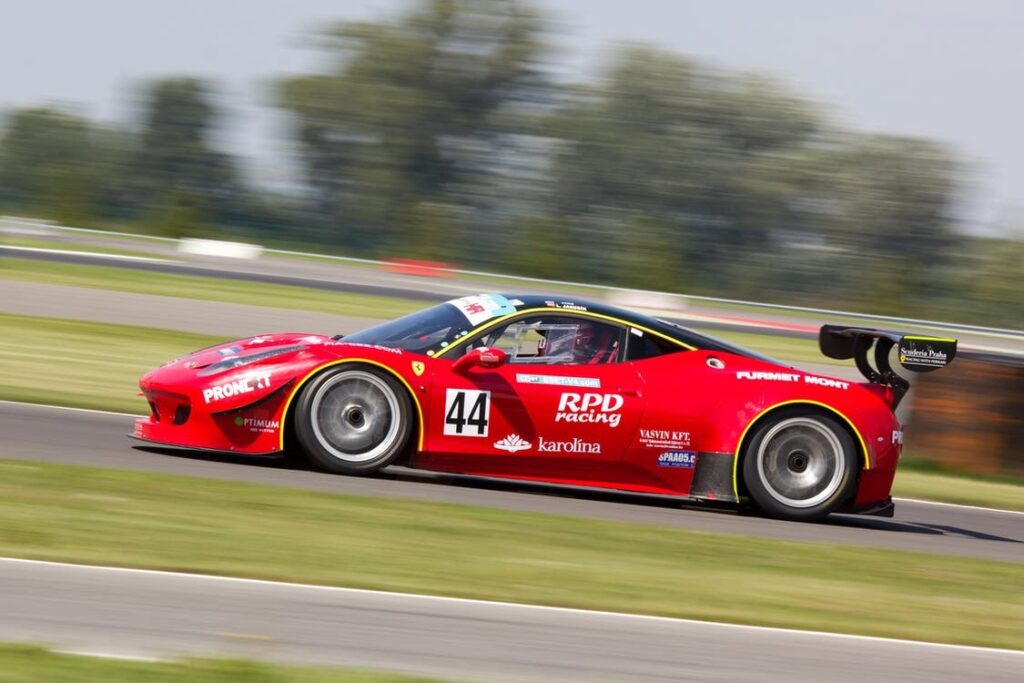The Evolution of Motorsports

Picture by Daniel from Pexels – CC0 Licence
There’s a huge following for motorsport across Britain and the world. Motorsport encompasses a plethora of competitions that entail the use of vehicles. Motorsports range from drifting to racing, even tractor pulling. However, F1 is definitely the most popular and constantly has supporters and viewers gripped on what’s to come, which isn’t surprising when you consider that they are supposed to be the most advanced machines in the world.
Motorsport primarily focuses on putting motorized vehicles and their drivers to the test. To evaluate their performance and success against other contenders. In England’s capital, motorsports are so popular that they’re permitted to take place on the roads! So long as they comply with the rules and regulations set by the government, of course.
If you want to find out more about how motorized vehicles and motorsports began, please see below.
The Birth Of Motorized Vehicles
Before the motorsport industry developed, there was one crucial factor that allowed motorsports existence – the automobile.
Carl Benz was responsible for daring to dream about a carriage that didn’t require horses. After numerous trials and errors, he eventually created an engine and the car between 1885 and 1886. The original was a three-wheel car. From here, other inventors and engineers would continue to upgrade the horseless carriage.
Interestingly, a couple of years later, insurance for vehicles was born around 1888. Out of an obvious necessity because of the proposed dangers, and because businesses were aware that motor vehicles were here to stay for the long run. However, drivers back then wouldn’t have had access to the Comprehensive Motorbike Insurance options we have available today.
125 Years Of Motorsports
Motorsports emerged over a century ago, with the first official motorsport event taking place on July 22nd near the Bois de Boulogne in Paris, on Boulevard Maillot.
Twenty-one drivers took part in the race that tested endurance, from Paris to Rouben. The race was initiated by Le Petit Journal, a French newspaper. The competition aimed to determine which car was easy to drive didn’t pose any danger and was cheap to run.
Mercedes Motors
Towards the end of the 19th century, Emil Jellinek, a wealthy businessman, and frequent car racer, joined forces with a car manufacturing company, DMG. To create a vehicle with an engine that would be named after Emil Jellinek’s pseudonym, Mercedes. The first Mercedes reached 90 km/h, and it went on to win every race in 1901.
Today, most racing cars are made up of 80,000 components and cost millions to build. Moreover, the cost of extensive research and engineering and maintenance adds further money on top of that sum.
Although cars have improved over the years drastically in terms of performance, there’s still room for improvement. Particularly when it means the sheer velocity and power of motor vehicles take their toll on the driver. For instance, F1 drivers lose 4kg after each race and shall endure up to 50 degrees of heat in the cockpit, which can quickly rise.
Nevertheless, motorsports are an exhilarating form of entertainment for viewers. With the automobile advancing in just 125 years to what it is in motorsports today, we wonder what exciting new advancement shall happen to cars over the next 125 years!









